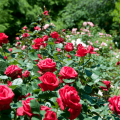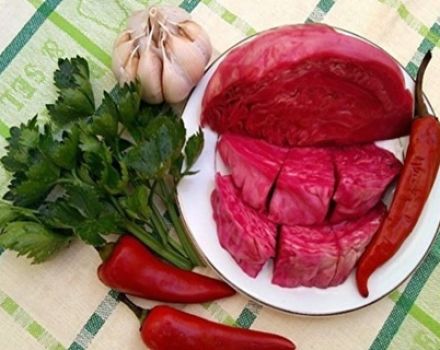Description and characteristics of Claire Austin roses, cultivation technology
Claire Austin's white roses are considered one of the most beautiful varieties. Flowers are distinguished by large spreading bushes, intense flowering and rich aroma. When growing plants, it is enough to follow simple rules and provide comprehensive care.
Description and characteristics of Claire Austin's rose
Claire Austin, a variety of white roses, was bred in 2007 by a UK farmer who named the flowers after his daughter. The variety belongs to scrub roses with large bushes up to 1.5 m in height. The diameter of the plantings reaches 2 m. At the same time, it is possible to grow the Claire Austin variety as a climbing rose. Being on a vertically located support, the bushes can grow up to 3 m.
Despite the foliage of the bushes, they retain their shape due to slightly drooping shoots of the shape of an arc. The leaves of the flowers have a glossy sheen and a bright green color. 1-3 large flowers appear on each stem. The flower shades range from pale lemon to pinkish. In the middle of the flowering period, the roses fade to a snow-white color.
Main advantages and disadvantages
In addition to its decorative characteristics, Claire Austin has several advantages. In particular:
- disease resistance;
- re-flowering;
- unpretentiousness to growing conditions.
Among the disadvantages of this variety, it is possible to note the lack of resistance to rain. During heavy rainfall, the flowers do not open on their own, and you have to do it manually. In this case, you will need to be as careful as possible so as not to damage the thin petals.

Rules for growing flowers
Growing roses requires adherence to a number of basic rules. These include the nuances of preparatory actions, the choice of a place for planting and the placement of seedlings in the ground.
Preparing to Plant a Rose Claire Austin
The day before planting, the seedling is soaked in a root formation stimulator. As such a drug, you can use "Heterooxin" or "Kornevin".
For the subsequent transfer of the seedling into the ground in the designated area, a pit is prepared with a depth and diameter of 50 cm.
The choice of planting material
When choosing seedlings, you need to carefully study their condition. Outwardly, they should look healthy, free from damage and signs of decay. It is optimal if the seedlings have 2-3 stems, live roots and fresh buds. The bark of the stems of suitable seedlings is green and not wrinkled.
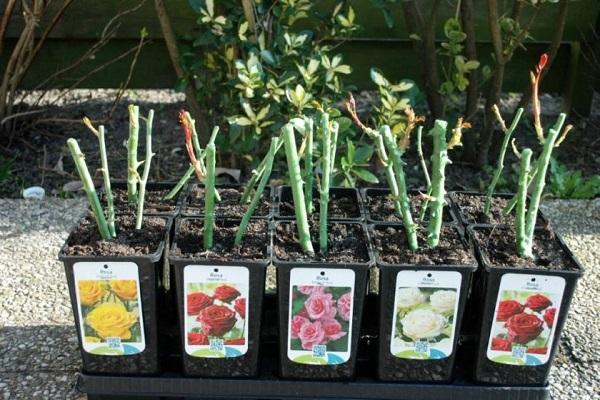
Planting roses in the ground
The Claire Austin variety is recommended to be transferred to a permanent place in early autumn, before the onset of early frosts. The advantage of autumn planting is that during the cold period the plantings will form a developed root system, saving energy on the formation of new shoots. With the arrival of heat, the plants will begin to actively build up their green mass and bloom.
The main rule when planting a seedling is a sufficient deepening of the grafting into the ground by 10 cm. Having placed the seedling in a prepared planting pit, its roots are sprinkled with earth from all sides. The soil for dusting the pit must be pre-mixed with compost or rotted manure.
After finishing planting, the soil is compacted and watered abundantly.

Further care
After planting flowers, you need to provide them with comprehensive care for active growth and abundant flowering. Plants need regular watering, formation, fertilization and protection during the cold season.
Watering rules and humidity
The bushes are moistened as the top layer of the soil dries up. Under normal weather conditions, it is enough to water the plants every 5-7 days. Watering is carried out in the evening using rain or settled warm water. If a Claire Austin rose is grown by a bush, 5 liters of water is enough for each planting. When growing in a climbing manner, the liquid consumption will increase to 15 liters.
Roses need to be watered throughout the summer. In the case of a rainy summer, it is advisable to stop wetting towards the end of July, since overmoistening of bushes often leads to the development of diseases.
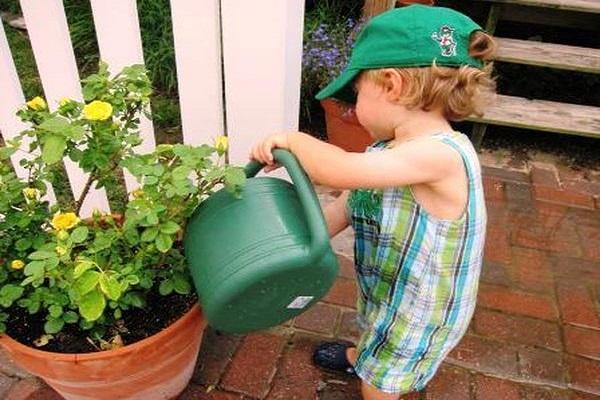
Pruning and shaping the bush
Pruning of bushes is carried out in the first year after transfer to the ground. Closer to mid-spring, when the buds swell and the shoots grow up to 5 cm, thinning is required. 3-4 of the most powerful shoots are left on the bushes, removing all old, small and broken ones. Otherwise, they will absorb forces from the plants, which will lead to stunted growth and flowering. Additionally, it is recommended to cut off lignified shoots every 5 years for the active development of fresh shoots.
Top dressing
Claire Austin's roses need to be fed at least three times during the warm period. Plants need the following fertilizers:
- nitrogen-containing substances before flowering;
- organic and complex microelements before bud opening;
- phosphorus-potassium fertilizers on the eve of the first frost.
As a rule, fertilizing begins in the first summer after planting roses. But if humus or organic matter was added when planting in a hole, then fertilizers are used from the second year of growth.

Features of wintering a flower
In cold climates, Claire Austin's rose freezes in winter, so it is important to properly prepare the plant for the cold. Preparation begins in early October by hilling bushes. Then the plantings are tilted closer to the ground, laying wooden boards or foam plastic under them. After waiting for the onset of the first frost, all available buds and leaves are cut from the shoots to reduce the risk of fungal diseases. The prepared shoots are covered with spruce branches and dense non-woven material.
Diseases, pests
Common diseases for the Claire Austin cultivar are black spot and powdery mildew. You can get rid of ailments with the help of specialized fungicidal preparations or by spraying the bushes with soapy water. For the best effect, you can combine these funds.
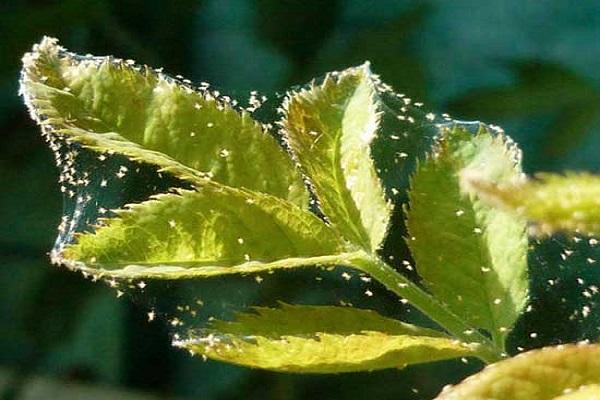
Of the pests, the danger is the spider mite, which settles on the leaves and forms a cobweb. Affected leaves begin to turn yellow and crumble. As a measure to combat the parasite, fallen leaves are collected and burned, and the bushes are sprayed with contact and systemic insecticides. Processing is carried out three times with an interval of 5-7 days.
Blooming rose
Plants bloom in two stages. The first time flowering begins in mid-June, the second in August and until mid-September. For more intense flowering, fertilizers with a high nitrogen content are used.
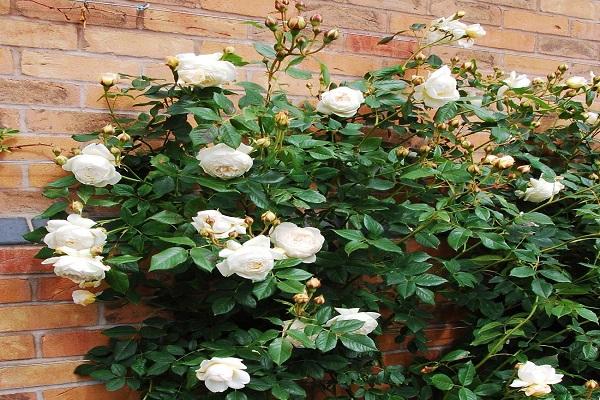
Reproduction
To preserve the varietal characteristics of the plant, the Claire Austin variety is propagated only vegetatively. It is easiest to propagate plantings by cuttings on your own. For this purpose, cuttings are taken from the overgrown and strengthened bushes after the first wave of flowering, after which they begin to germinate in the ground, covered with a film.
Use in landscape design
When decorating a garden plot, Claire Austin's rose can be used as individual plants or as part of a composition. It is also allowed to place the planting on a vertical support and grow it like a climbing rose.




